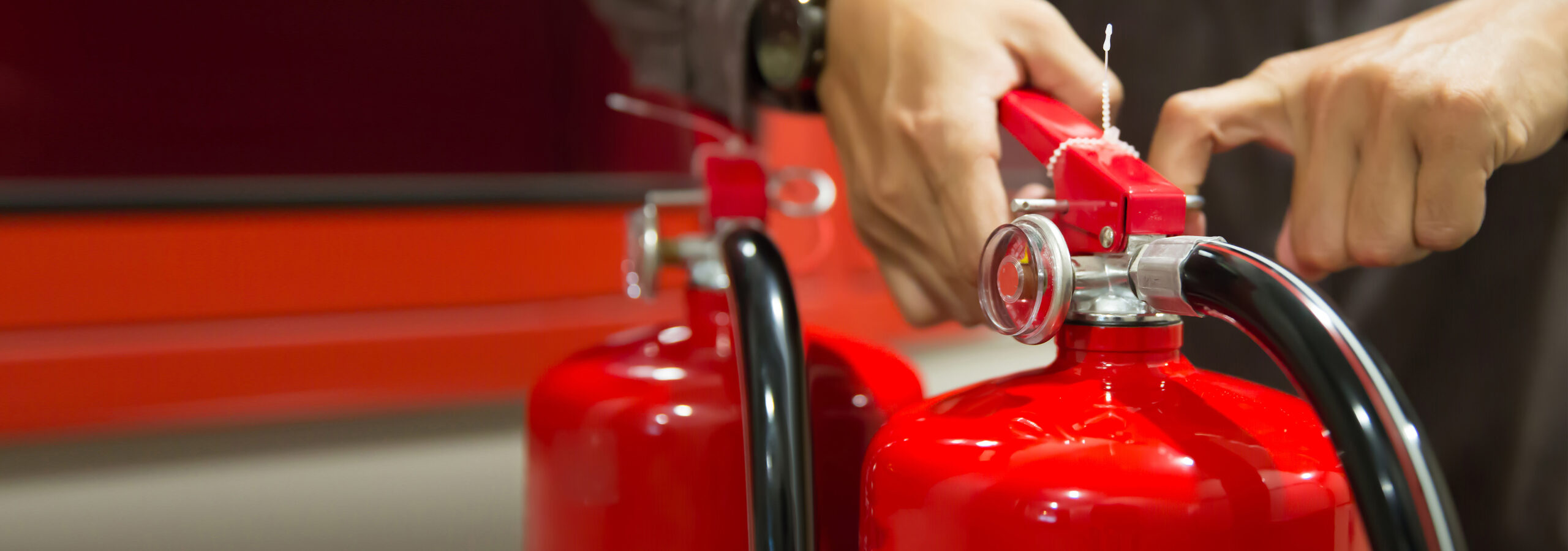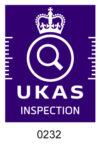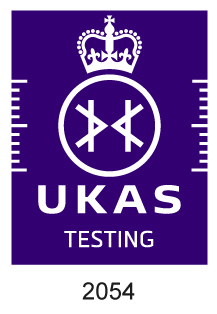Menu
close
**LATEST** New quantitative face fit services for RPE
Book in today
The Duty Holder is the employer or person in control of the premises.
A fire risk assessment (FRA) is an inspection of your premises from a fire prevention perspective. There are four types of fire risk assessment:
Type 1 Fire Risk Assessment: Common parts only (non-destructive). This is the most common type of FRA. It does not include the demised areas but will consider the construction of the property, apartment doors and separation between apartments.
Type 2 Fire Risk Assessment (FRA): Common parts only (destructive). This is similar to the Type 1 survey but involves a degree of destructive inspection. This is usually a one-off assessment which is carried out only if there is good reason to suspect serious structural deficiencies that could lead to the spread of fire.
Type 3 Fire Risk Assessment (FRA): Common Parts and Flats (non-destructive). This FRA covers the same as the Type 1 assessment and is non-destructive. It goes beyond the requirements of the Regulatory Reform (Fire Safety) Order 2005.
Type 4 Fire Risk Assessment (FRA): Common Parts and Flats (destructive). This FRA covers the same as the Type 3 assessment but includes a degree of destructive inspection. This is the most comprehensive FRA and will usually only be carried out in exceptional circumstances.
The Duty Holder needs to ensure that adequate and appropriate fire safety measures are in place to minimise the risk of injury or loss of life in the event of a fire. They are required to:
Organisations are required by law to provide information, instruction and training to their employees with regards to fire precautions in the workplace. This is highlighted in the Regulatory Reform (Fire Safety) Order 2005 and the Management of Health and Safety at Work Regulations 1999. In Scotland general fire safety is covered in Part 3 of the Future (Scotland) Act 2005. In the majority of premises, local fire and rescue authorities are responsible for enforcing fire safety legislation. HSE has enforcement responsibility on construction sites and on ships under construction or undergoing repair.

